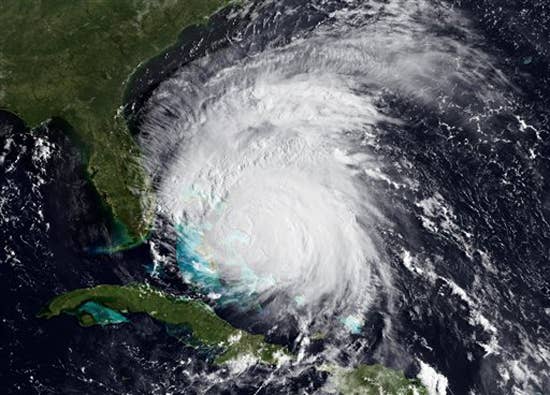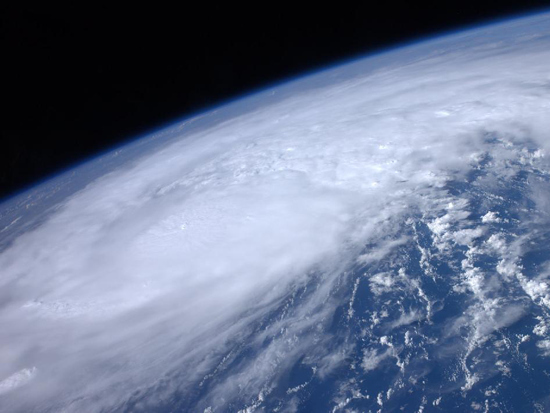
A Brief History Before We Start
The word hurricane has been in the English vernacular for several hundred years. Most etymologists agree the word has its origin in the Mayan word "Hurakan" which was brought back by the Spanish and then crossed the Channel to England. It first appeared in English literature in 1511 with the publishing of Richard Eden's "Decades of the New World".

North Atlantic Hurricanes
In the USA, hurricanes were originally named for where they made landfall or how hard the affected area was hit. But names such as The Long Island Express were bulky at best.
During WWII concise communication could be the difference between life and death, so meteorologists working for the navy and air force began to do what any lonely man would do; name the hurricanes after the girls back home.
After the war ended and the National Weather Service was created, female names took a backseat to the military phonetic alphabet. But between the inception of the NWS in 1945 and 1953, enough hurricanes spawned to exhaust all options of reasonable length. The next year the NWS relented and again began naming the storms after women.
This system remained until 1979 when male names were added, with hurricanes alternating between male and female with each new storm.

The System
The current list of potential hurricane names is created and monitored by the World Meteorological Association. There are six lists that work in rotation; so this year's list will be used again in 2017. Each letter of the alphabet gets a name except for Q, U, X, Y, and Z. They alternate between male and female all the way down the list. In the event that more than 21 hurricanes spawn in a single season, meteorologists dip into the Greek alphabet for names. You can see the full list of all six sets here.
*Note: This is the system in place for the Atlantic Basin hurricane season. The Pacific is divided into three separate naming regions of its own. Australia, Papua New Guinea, Fiji, the Philippines and the North and South Indian Ocean also have their own naming systems.

Retired Hurricane Names
Sometimes a storm is so massive or destructive that it warrants a change to the name rotation. A country can lobby the World Meteorological Association to have a hurricane name removed if the damage or historical impact were significant.
Well known examples include: Katrina (2005), Ivan (2004), and Hugo (1989). The full list is located here.

